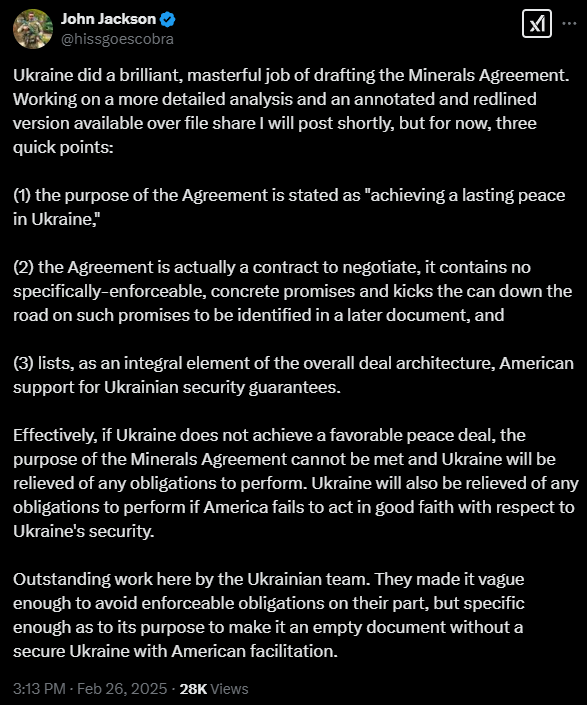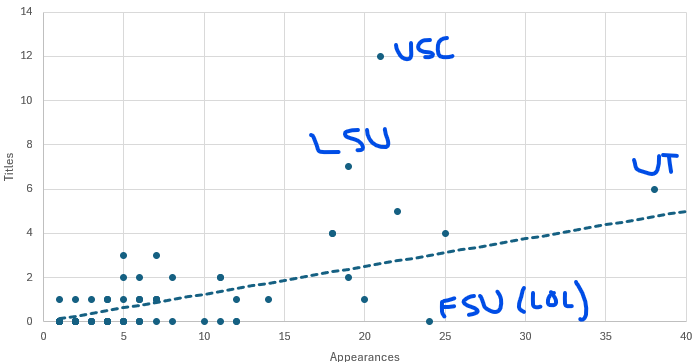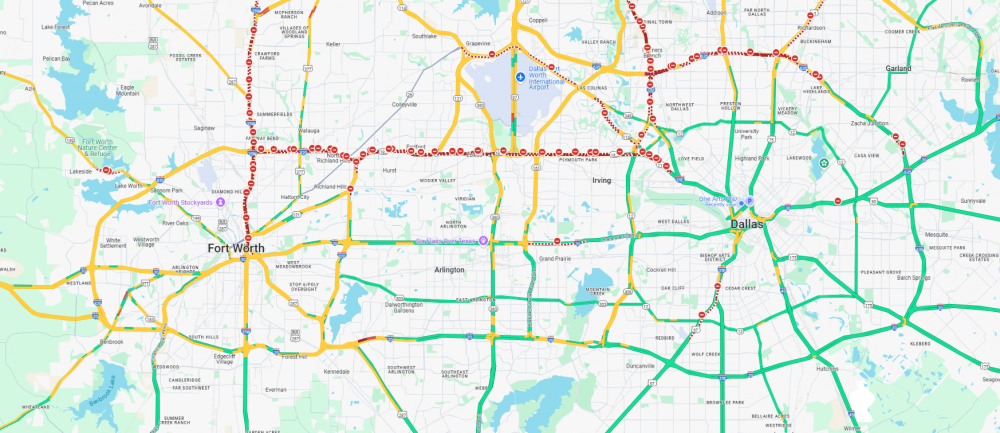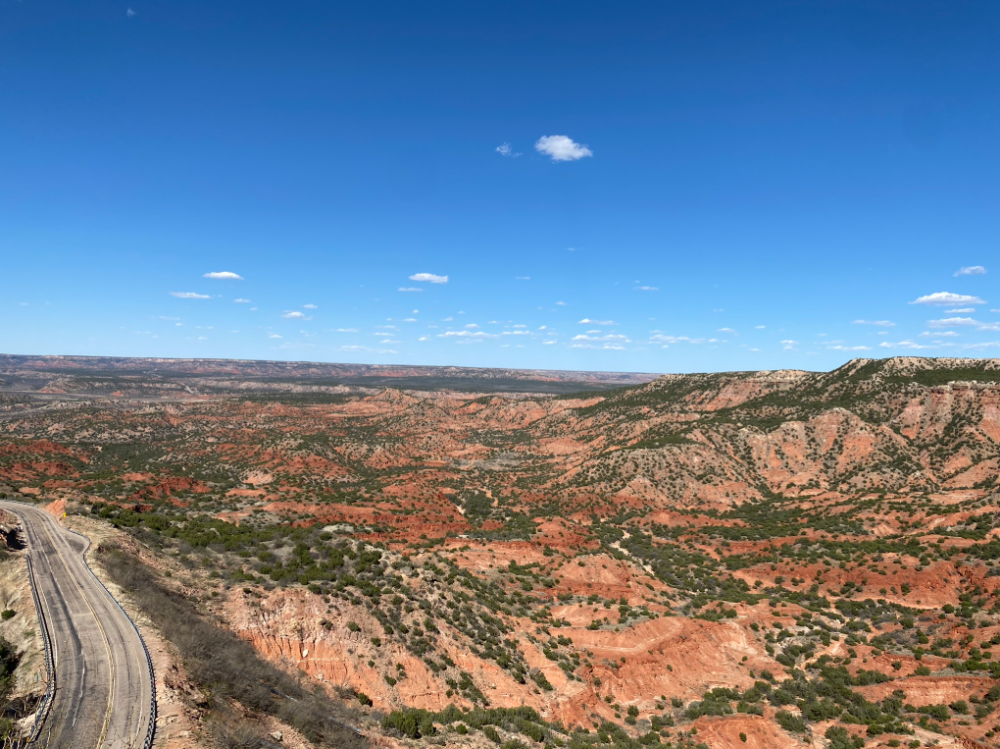
ryskey
Legacy Members-
Posts
238 -
Joined
-
Last visited
Reputation
498 ExcellentRecent Profile Visitors
The recent visitors block is disabled and is not being shown to other users.
-
UT BOR might be greedy and all about money, but they are financially savvy and competent. We will never do private equity for anything because the cost of capital is way too high. The reason Utah's athletics is doing PE is because they're not an investment grade credit and can't borrow at the same low rates as UT. Can't determine the actual interest rate from the financial reporting, but at the UT system level, yields are currently around 3%, which is lower than a T-bill because, like munis, these bonds aren't subject to income taxes. And I'm not sure how investors go about looking at UT-Austin's athletic department debt (since it's in theory siloed from the University and UT System), but there's probably some implied "lender of last resort" situation between the University and the Athletic Department, in which the University could loan the AD money at its cost of capital, or maybe a little bit above (in other words, at like 3-4%). Private equity requires high single/low double digit returns at a minimum. So UT would never go that route because it could just borrow money at way cheaper rates from institutional lenders. In other words, UT can borrow money at slightly above the US government's interest rate, after adjusting for the income tax exemption.
-
Remaining SEC Series at Kentucky RPI #40 Auburn #12 A&M #58 at Arkansas #1 Florida #31 at OU #20 Non-Con UTRGV #30 at Texas St #77 Prairie View A&M #298 Lamar #59 Q1 games remaining: 12 Q2: 5 Q3: 4 Q4: 1 Win 4 of 6 remaining SEC series to go 10-8 the rest of the way. Drop 1 more non-con. Would make the same regular season record prediction as last week of 40-13. Even though we're missing Tenn and Vandy, looks to be a top 10 SOS. Maybe not saying much, all of the SEC will end up in the top 20.
-
I for one prefer hamate sashimi. Cooking a fish that tasty is a shame
-
Remaining SEC Series Georgia RPI #1 at Kentucky #51 Auburn #14 A&M #100 at Arkansas #3 Florida #25 at OU #9 Non-Con Texas St #128 Houston Christian #79 UTRGV #16 at Texas St #128 Prairie View A&M #297 Lamar #55 Q1 games remaining: 19 Q2: 0 Q3: 7 Q4: 1 Other than A&M, all remaining SEC games are against current Q1 competition. And UTRGV a sneaky #16. Will be doing pretty well going 12-9 for remaining SEC games, 5-1 in non conf (one of UTRGV, Lamar, or Houston Christian in a UTSA redux). Would make a regular season record of 40-13.
-
Stat oddities. Pretty meaningless this early but always interesting to look. Doubling up competition on SLG. .271 would be 294 out of 299 teams if our competition were its own team. Averaging 5 XBH per game and giving up only 1. Don't think I've ever seen a .217 BA / .609 SLG kind of line (Gasparino). Stolen base margin... damn. Schuessler the only starter not pulling his weight at the plate, but seems partly (mostly?) bad luck. Move just 3 of his liners a couple feet, and he's at .310 BA / .450 SLG / .825 OPS with double the RBI.
-
All the light oil the US is producing is worth a lot less if we can't blend it with heavy crude from Canada and Venezuela. Sooo... tariff Canada's heavy crude, cancel license for Venezuelan crude. Good strategy.
-
The route to get here was obnoxious and ham fisted, but Trump gets to say the US is getting paid for an easy political win, without any binding agreement from either side. Looks like status quo after a lot of hysterical yelling and fictional numbers thrown around.
-
A little more context: The minister's comment comes as Kyiv and Washington negotiate a deal for Ukraine’s natural resources in return for support and security guarantees. The exact value and reserves of Ukraine’s natural resources, which include critical minerals like lithium and titanium, are only estimated and further calculations are underway. Would be useful to see a better breakdown of the $350B number. By Western standards, "Reserves" are the value of the resource that can be profitably extracted, net of capital and operating costs. The value of "Resources" is often reported as the gross value (before capital and operating costs) of mineral deposits that have not yet been proven to be profitably extracted. So the value of Reserves is often a small fraction of the economic value of the Resources. The reported numbers seem very hand-wavy and I suspect they're conflating Reserves and Resources. I'm not sure if anyone is doing this on purpose because this is a common mistake even among people who work in those industries. More context: Details of the agreement have not been made public. However, the media leaked the White House’s initial proposal on Feb. 12 revealing that the U.S. is seeking a 50% interest in minerals and other natural resources like oil and gas, as well as critical infrastructure, sparking outrage in Ukraine with some officials calling the deal “colonial.” This makes me think they're taking the total Resource value (100% of the theoretically recoverable minerals regardless of whether they're profitable to extract) and multiplying by 50%. That implies they're thinking about this as a royalty (before any costs). This would create an unbelievable economic burden on the business burdened with 100% of the costs. Some quick math to demonstrate all this from a crude oil perspective: 1. Discovery of deposit with 10 billion barrels of oil in place - "OMG that's worth $700B at $70 per barrel" 2. It's estimated that 50%, or 5 billion barrels, of that oil can be recovered before incorporating costs and profitability. This is usually defined as Resource. Value is $350B, but this just translates to revenue over several decades. 3. Of the 50% that is recoverable, only 20% of that (or 10% of the total in-place) can be demonstrated as being profitable (revenue > capital costs, operating costs, and financing costs) to extract. Now we're at $70B of revenue for 1 billion barrels of economically recoverable resource. These are Reserves. But the value of the project, net of costs, is a fraction of the $70B. Capital costs: $20 per barrel Operating costs: $10 per barrel Financing costs: $20 per barrel X 1 billion barrels = $20B. Let's assume a 5% interest rate, which is absurdly low. The Marshall Plan was around 4%. Financed over 20 years, this is another $20B. That leaves $20 per barrel ($70-$20-$10-$20) of profit for 1 billion barrels, or $20B spread out over 20 years. So that $350B of Resource is only worth $20B in Reserves. And that's before any royalties are paid. If the US is demanding a 50% royalty, then this project would never get off the ground because no sane company would take those terms. It's possible (and likely) that some of that unprofitable Resource will eventually move into the Reserves category with more exploration, better technology and/or a higher oil price, but that's not going to move the needle much.
-
Just to beat a dead horse. Line is the predicted # of titles with all 8 teams having an equal chance of winning. UT slightly outperforming. USC is ridiculous. FSU 0 for 24.
-
The DFW highway system is a giant wang and balls. Once you see it, you can't unsee it. Looks like there's a rash on the top side, might wanna get some antibiotics
- 533 replies
-
- 11
-

-

-

-
2024 Week 17 - Cotton Bowl CFP Semifinal Texas vs Ohio State
ryskey replied to Wulaw Horn's topic in Football
-
2024 Week 17 - Cotton Bowl CFP Semifinal Texas vs Ohio State
ryskey replied to Wulaw Horn's topic in Football
Cotton Bowl = Siege of Kiev (basically not even a battle, just a bloodletting) Ohio State = Mongol Empire Ryan Day = Genghis Khan Jeremiah Smith = Odegei Khan UT = Kievan Rus Sark = IDK, whatever poor duke was in charge of Kiev. Probably got decapitated or something Doooooooooomed -
Quinn = Blake Sims, Jake Coker, Jake Fromm, or JJ McCarthy. All those QBs CFP-era QBs made the NC game and 2 of them won it, mostly with good defense. Actually Coker had Derrick Henry so that's a big reason too. Anyway, none of them were expected to be superman and put the team on their backs. With this defense we can still win the NC with Quinn as long as he doesn't turn it over, special teams doesn't melt down, and some semblance of a running game. Give it a 20% chance we can do that 4 games in a row. I'll take it.
-
Avatar checks out
-
Doesn't happen every snap, but you can see where his brain starts to malfunction, like a program caught in an if loop. Too much thinking, his body and brain out of sync with how the play is unfolding vs how he idealizes it in his brain. It's like the instinct has been beat out of him. I would say he should grow back his mullet, but that would take about a year. Maybe he'll grow it back in time to impress his NFL coaches with Mullet Quinn after being drafted in the 4th or 5th round.
Football ... Basketball ... Baseball ... Other Sports ... Futbol ... 🤫995🤫 ... Gambling ... Movies & TV ... Music ... Hobbies ... Lulz ... Food & Travel ... Daily Texan ... Business and Markets ... Cloak Room ... Help ... For Sale ... Board Discussion ... Subscribe!... Donate!... COOKIE MONSTER!





